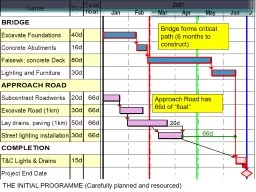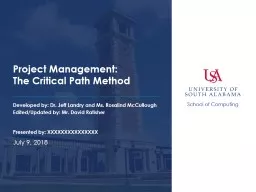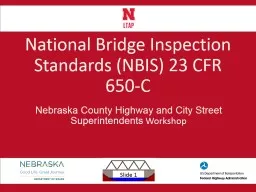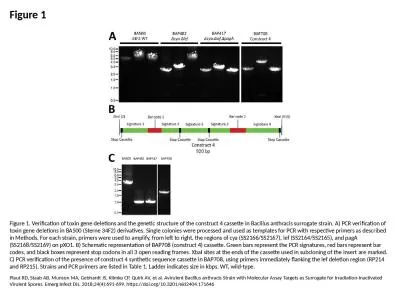PPT-Bridge forms critical path (6 months to construct)
Author : min-jolicoeur | Published Date : 2019-12-14
Bridge forms critical path 6 months to construct THE INITIAL PROGRAMME Carefully planned and resourced Approach Road has 66d of float 66d VO1 Increased depth 20d
Presentation Embed Code
Download Presentation
Download Presentation The PPT/PDF document "Bridge forms critical path (6 months to ..." is the property of its rightful owner. Permission is granted to download and print the materials on this website for personal, non-commercial use only, and to display it on your personal computer provided you do not modify the materials and that you retain all copyright notices contained in the materials. By downloading content from our website, you accept the terms of this agreement.
Bridge forms critical path (6 months to construct): Transcript
Download Rules Of Document
"Bridge forms critical path (6 months to construct)"The content belongs to its owner. You may download and print it for personal use, without modification, and keep all copyright notices. By downloading, you agree to these terms.
Related Documents














